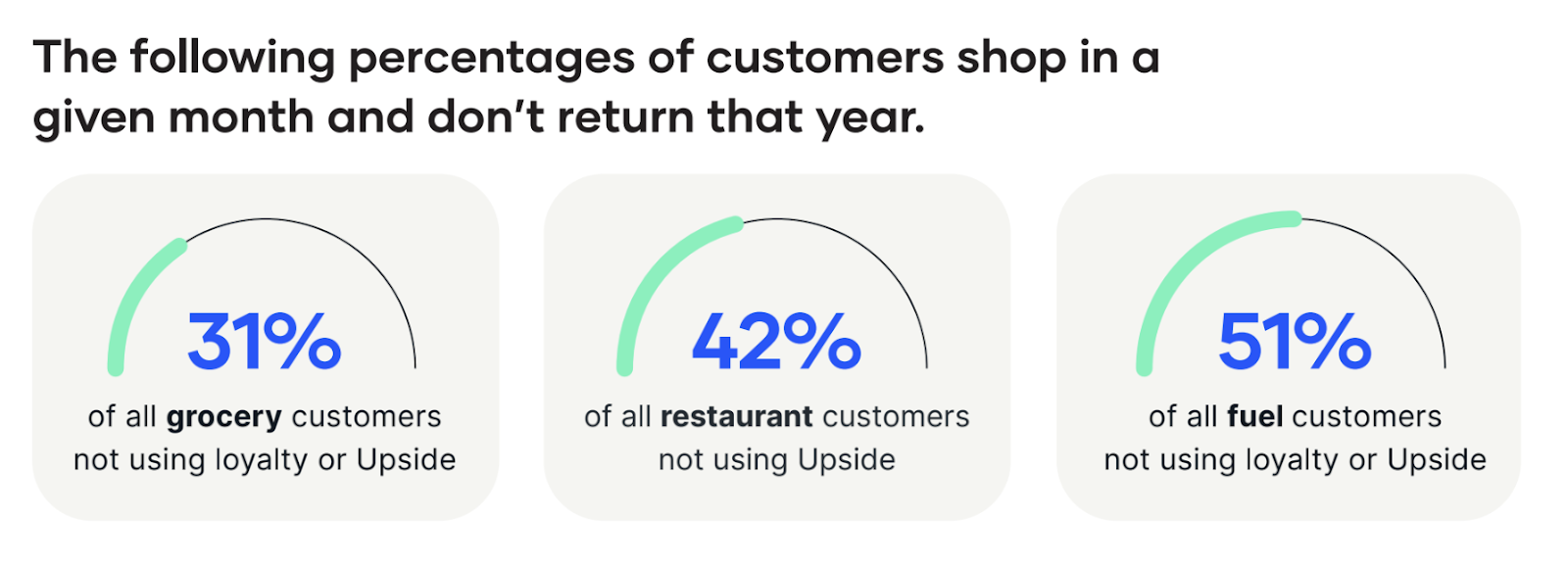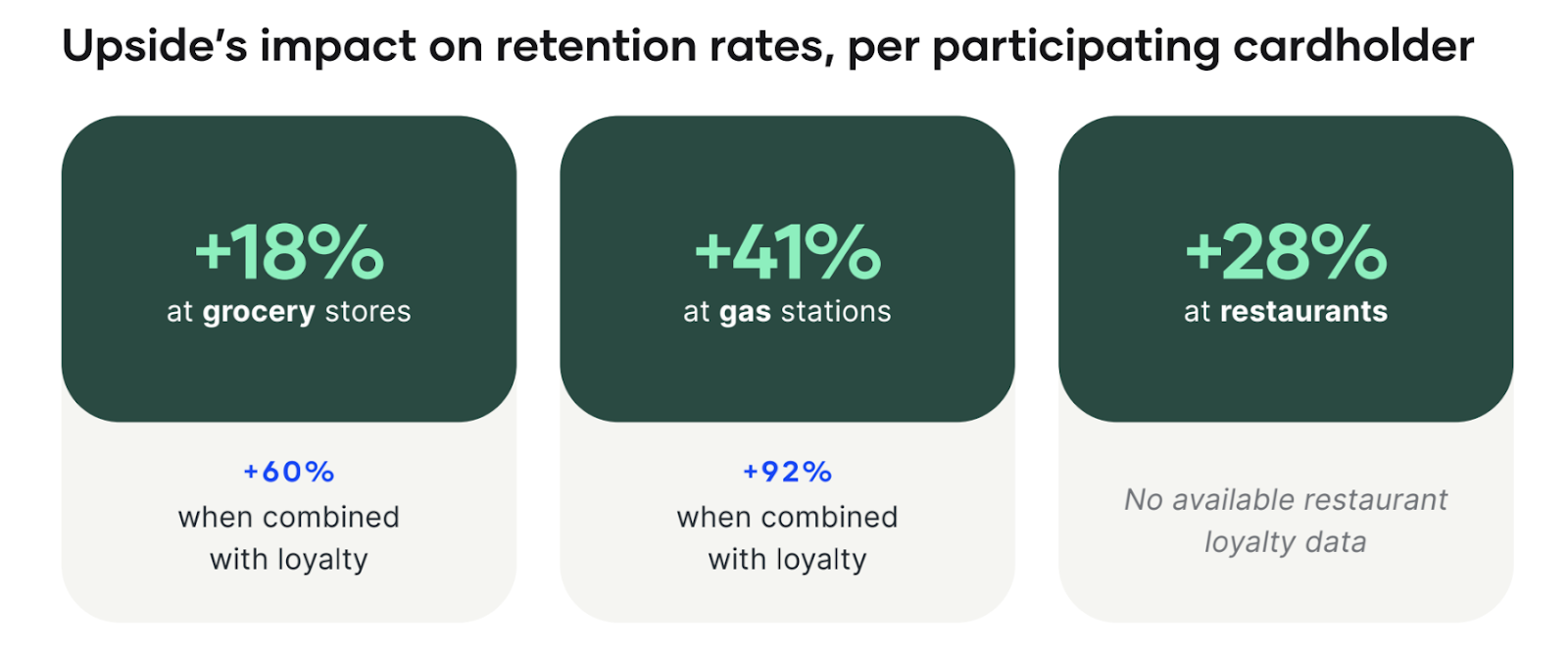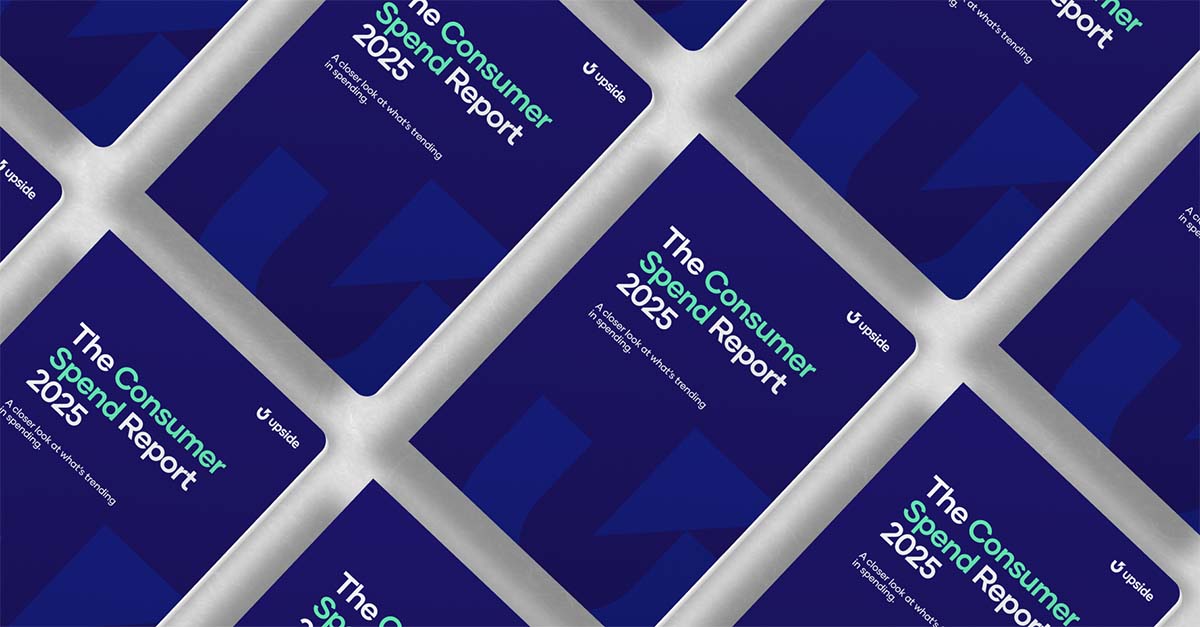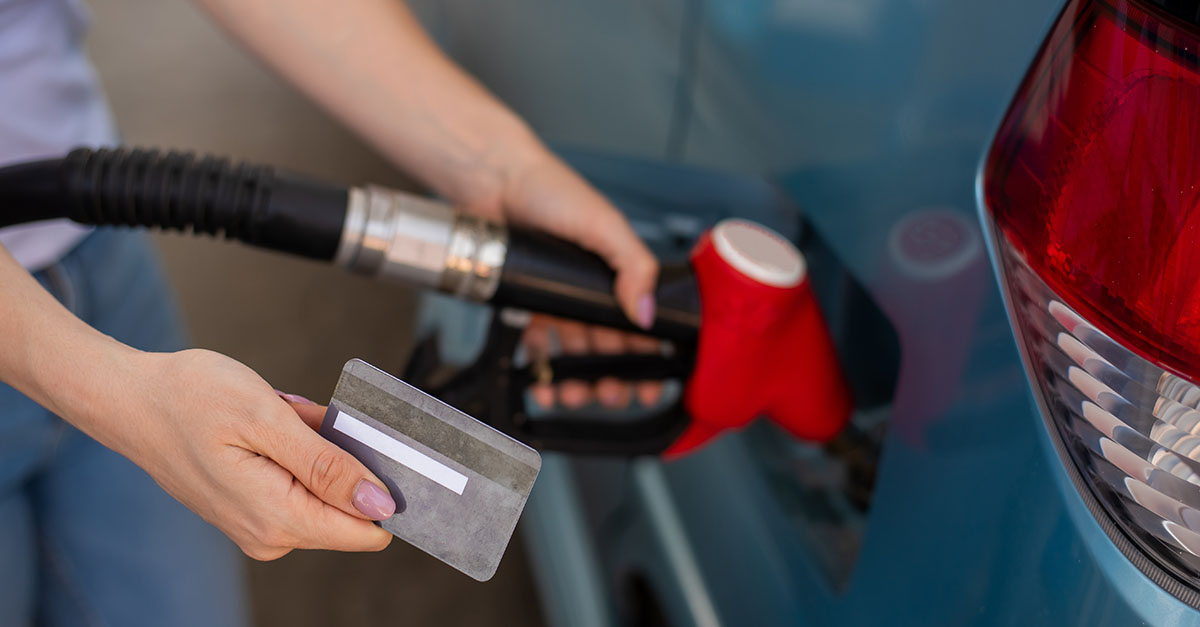Here today, gone tomorrow: The story behind month-one customer drop-off
Retailers spend big to acquire customers and loyalty sign-ups. It pays off when shoppers stick around, but too many don’t.

Dr. Thomas Weinandy
Retail customer behavior is changing, and it’s resulting in an all-time high in uncommitted customers — shoppers that prioritize their own value over brand affinity. Many once-loyal shoppers are now infrequent visitors, jumping between brands in search of the best value.
What’s behind this behavior change? Customers have more choices than ever and an ever-growing number of digital channels allows them to find the best value. The economy certainly plays a role, too — economic uncertainty fuels uncommitment.
In an environment like this, customer retention has never been more critical (or more elusive). In Upside’s latest research report, Winning the Uncommitted Customer, we take a microscope to cross-shopping behavior to learn who these customers are, why they’re behaving this way, and how retailers can win more of their spend in a profitable way.
A closer look at the retention problem
Retailers put a lot of resources behind customer acquisition, and with good reason. But with nearly 80% of retail customers showing uncommitted behavior, it might be more important to maximize the customers you already have.
Why? Because currently, those customers are spending only a fraction of their overall budget at any given retailer. Our report uncovers that new customers are the most uncommitted, and it shows in this data. After just their first month of visits, more than 60% of your new customers won’t come back again.
.png)
But it’s not just new customers that pose churn risks. Even when we consider all customers — and not just new ones — we see substantial drops in retention after just one given month of visits.

Now, increasing retention is one of the primary reasons that loyalty programs exist. So you might think loyalty members are automatically your customers for the long-term, but our data shows this month-one phenomenon applies to them, as well.

As you can see, attaching loyalty membership to the first transaction does have a positive impact. Based on these numbers, some retailers might come to the conclusion that loyalty is the solution to the one-month cliff. Loyalty programming is absolutely beneficial for retention, but loyalty alone does not bridge the widening retention gap.
How to win the next visit
Uncommitted customers represent the majority of your addressable market, so the path to sustainable growth lies in turning them into repeat buyers.
How? To win uncommitted customers over the long term, retailers have to do the following:
1. Prioritize the conversion from the first to second visit.
2. Continuously win the customer back for each successive visit to eventually create a regular customer.
In other words, customers have to build habits with you. It’s not an overnight process, but rather something that occurs a little bit at a time. And it starts after the very first transaction.
One way to build habits is with membership programs — a proven way to reach customers and entice them to continue coming back with information, messaging, and promotions. The following chart shows the impact that programs like loyalty and Upside have on retention rates after the first month of our analysis.
.png)
We see that customers not utilizing any program experience a 41% drop-off in month one, the highest of all categories in this analysis. When a customer transacts using Upside, retention gets better, and it improves even more if they’re a loyalty member. When a customer uses loyalty & Upside together, though, there is only an 8% drop-off in month one — the smallest overall and a 33-point improvement over the general population.
Why does that combination — loyalty & Upside — work so well? It’s because together, the two programs get to the heart of uncommitted behavior and meet what uncommitted customers are looking for on every front. Personalized promotions give shoppers value, in the digital spaces that they already frequent, at the exact time they make a buying decision. In other words: right offer, right place, right time.
That shows in the data. At the participating cardholder level, loyalty & Upside have dramatic impacts on retention.

In today’s competitive landscape, that kind of retention lift isn’t just valuable — it’s essential. With acquisition costs rising and customer loyalty harder to come by, every return visit counts. Retailers who act now can turn fleeting visits into long-term relationships, drive meaningful revenue gains, and make every marketing dollar work harder.
Loyalty and Upside together offer a proven path forward — one that meets customers where they are and brings them back again and again.
Want to see the full impact for yourself?
Download our latest report, Winning the Uncommitted Customer, and start putting these insights into action.
Share this article:
Dr. Weinandy is a Principal Research Economist at Upside, providing valuable insights into consumer spending behavior and macroeconomic trends for the fuel, grocery, and restaurant industries. With a Ph.D. in Applied Economics, his academic research is in digital economics and brick-and-mortar retail. He recently wrote a book on leveraging AI for business intelligence.
Request a demo
Request a demo of our platform with no obligation. Our team of industry experts will reach out to learn more about your unique business needs.










.png)




